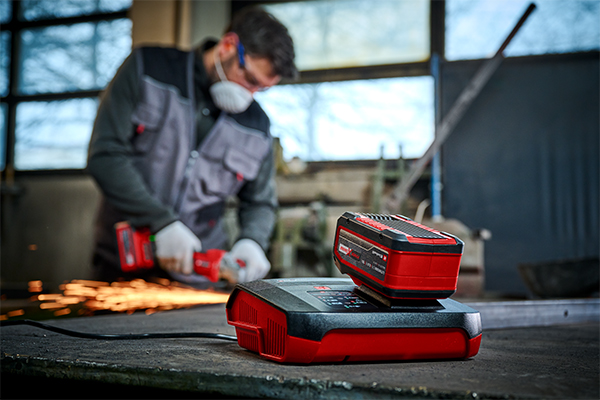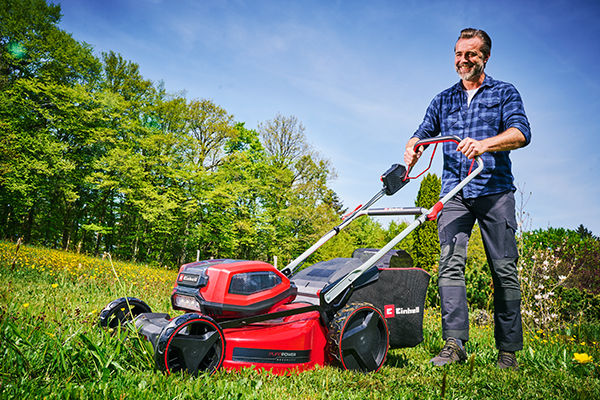Storing and charging batteries correctly
How to optimize battery life!Batteries accompany us every day. Whether in smartphones, laptops, e‐bikes, e-cars or as batteries for tools. Nevertheless, there are some things we can do better in daily use to optimize their service life. In this battery guide, you will learn how to properly charge and store the handy energy storage devices to prevent a loss of capacity, or at least how to slow it down. We will clarify the myth of the memory effect and refresh your knowledge of the most important units and technical data. What was that about watts, volts and ampere‐hours? Here comes your portion of battery knowledge:
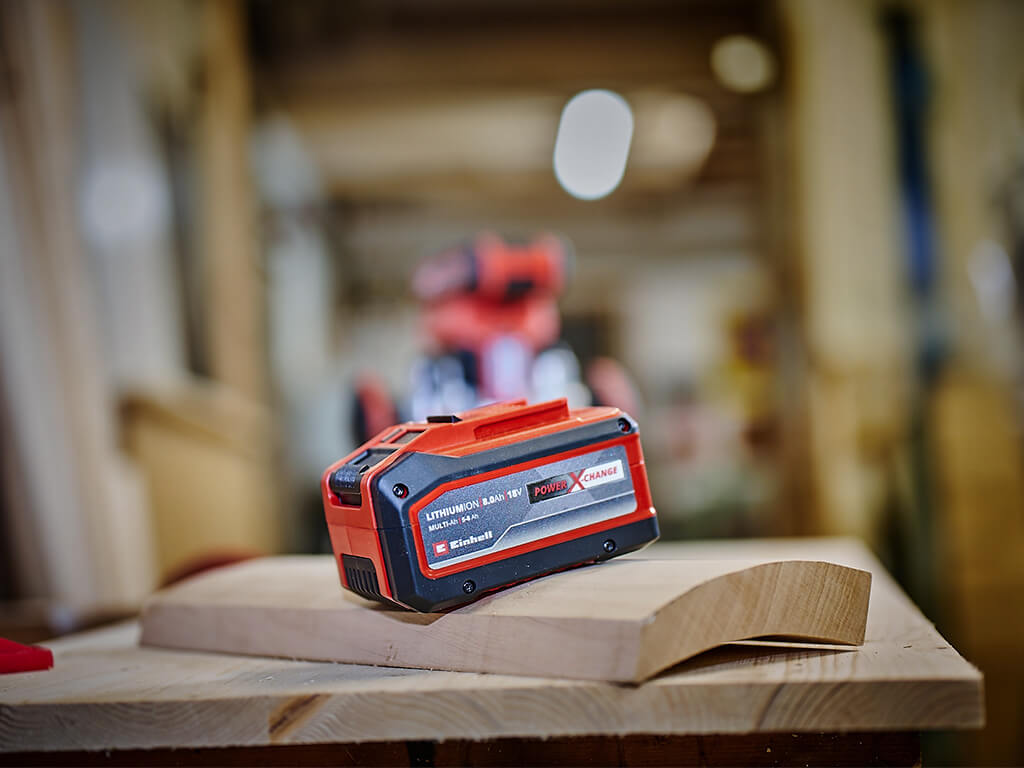
Why do batteries lose capacity?
In this context, „ageing“ means the loss of capacity. Everybody knows the phenomenon that after a few years the smartphone runs out of juice faster and faster. Therefore, the battery is also considered a wear part. This is due to the chemical processes that take place during charging and discharging. The lithium‐ions become less and less and this inevitably leads to a loss of capacity in the battery at some point.
A battery can also age even without being used, e.g. due to the heat generated when it is exposed to direct sunlight. It is therefore quite normal for lithium-ion batteries to age. Nevertheless, there are a few things you can do to slow down the loss of capacity and support a longer battery life.
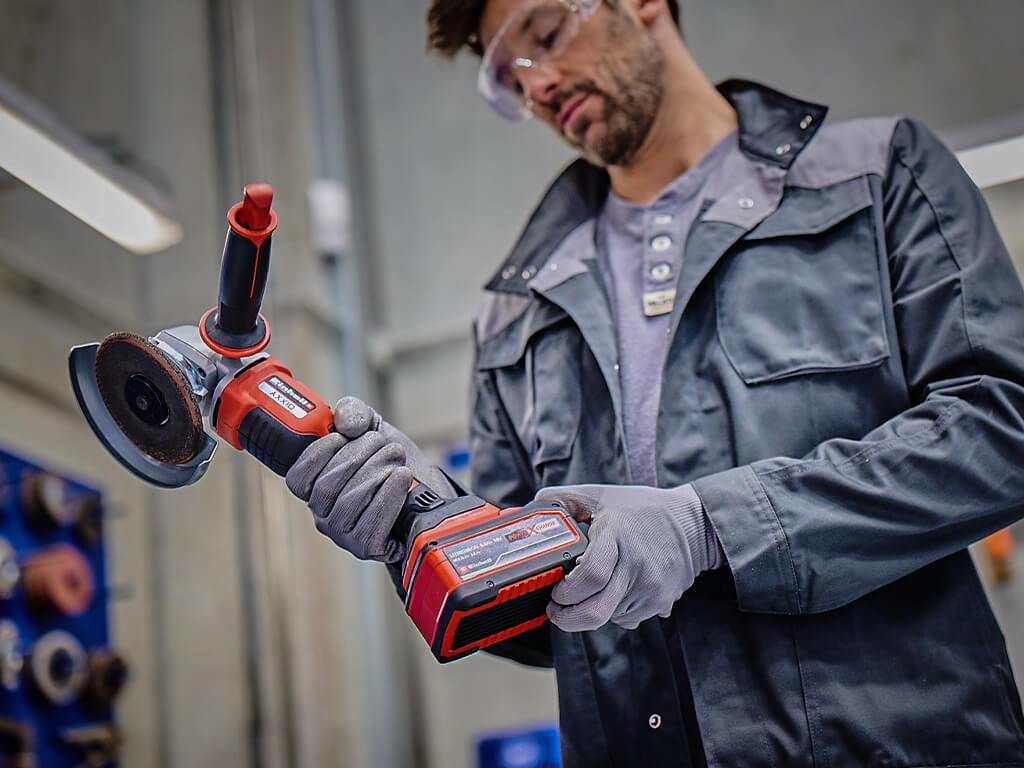
Charging the batteries correctly: that is how it works!
Plug in the charger and that’s it? Unfortunately no, because there is also potential for optimization when recharging. The charge current, measured in amperes (A), for example, is a decisive factor, because it makes a big difference whether lithium-ion batteries are charged quickly or slowly. The higher the charging current, the shorter the battery life. You can see with which charging current your charger is charging by the amperage on the data label: chargers with 3 A are more than sufficient to charge your tool battery in most cases. If things have to go faster, chargers with 6 A or more have their right to exist, such as our Boost Charger. Just be careful not to use them on every charging cycle, but only when time is really a critical factor. That's why our Boost Charger also has an optional boost function that can be switched on by pressing a button.
Another factor is temperature: charging at low temperatures should be avoided, as this also shortens battery life. Under no circumstances should you charge below 0° C. Our Einhell chargers therefore have an integrated protection function that prevents charging if the Power X-Change battery is too cold or too hot.
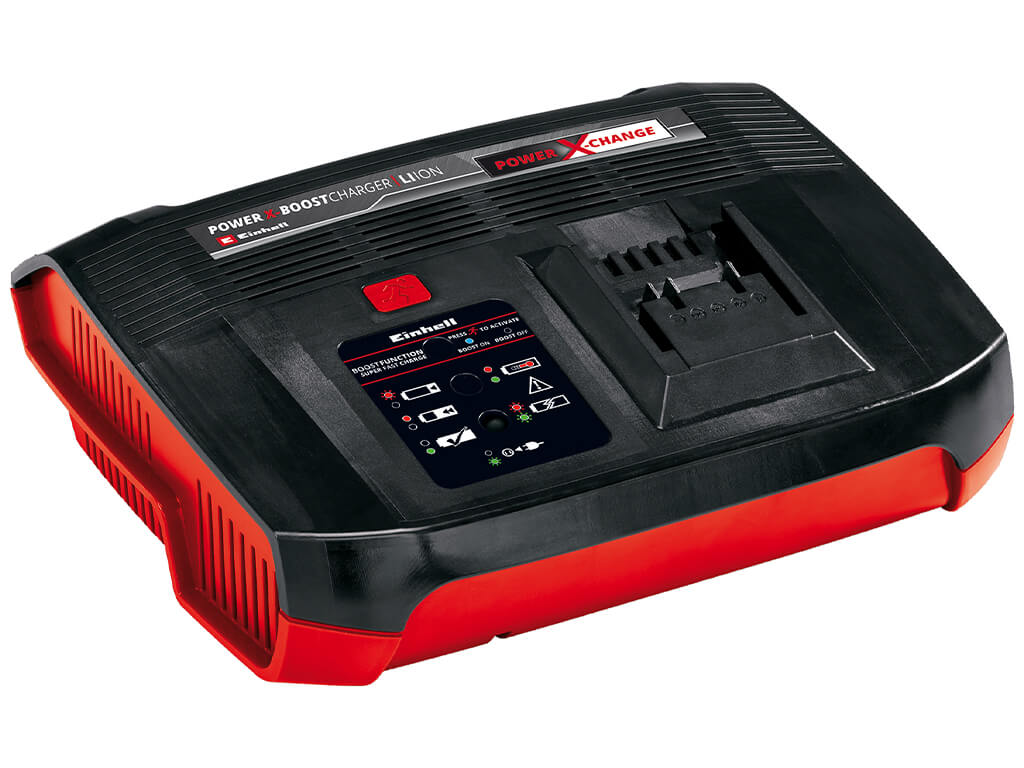
When are you supposed to charge? What is the memory effect?
But what about the memory effect? Does it still exist or is it a myth? Thanks to modern lithium-ion batteries, we can now fortunately say that this so-called memory effect no longer exists in this form.
But what is the memory effect? It occurs when batteries are temporarily charged even though they are not yet empty. Especially with the now obsolete nickel‐cadmium batteries, this led to the fact that they „memorized“ the charge level and then could no longer be charged to full capacity during the next charging process.
Nowadays most devices are equipped with lithium‐ion batteries, like our Power X-Change series. These not only have a significantly longer running time, but the memory effect is also no longer important. Nevertheless, even with the new energy sources, it is decisive how long and when they are charged. Basically, it should be noted that the capacity of the batteries deteriorates if the battery is often connected to the charger for too long. It is the last few percent of the charge in particular that places a lot of strain on the energy storage system. On the other hand, a Li‐Ion battery should not be completely discharged, as this can lead to deep discharge. By the way: Our Power X-Change batteries indicate - for example by flashing - that they are empty. However, this does not mean that they are deeply discharged.
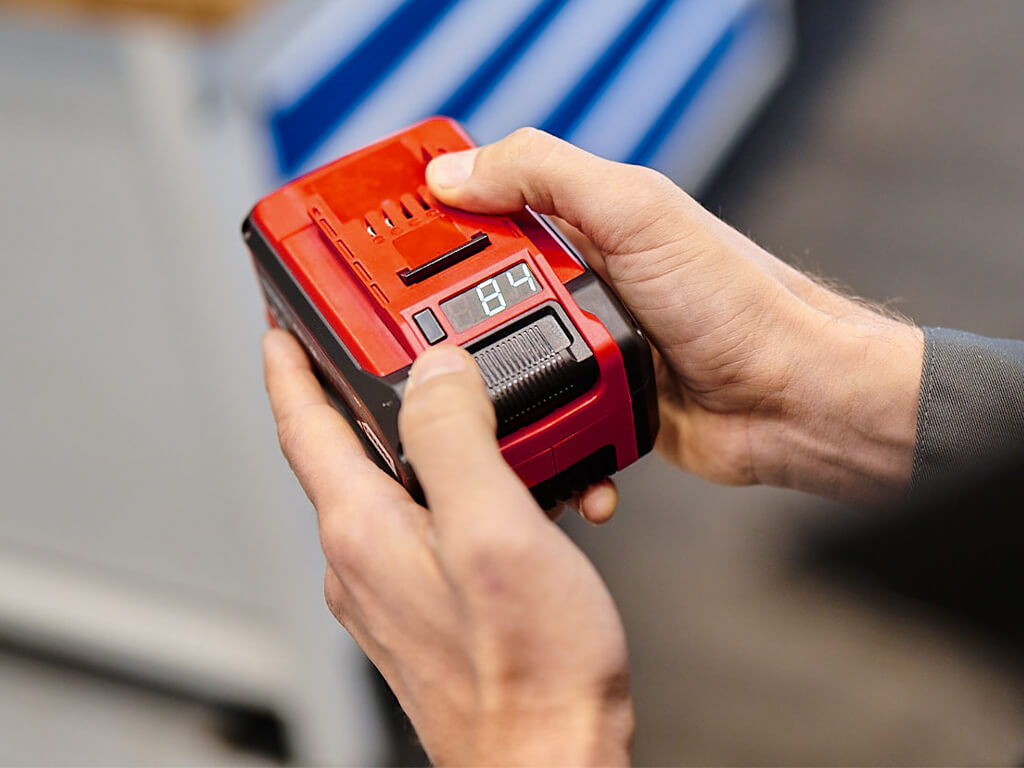
What is a deep discharge?
Modern rechargeable batteries switch off automatically as soon as the charge falls below a certain minimum level. This is to prevent a damaging deep discharge. One speaks of a deep discharge when the entire battery capacity is removed or this minimum load value has been undercut. This usually happens when batteries are stored empty and then discharge themselves even further. If self‐discharge takes place for too long, deep discharge occurs, which can cause permanent damage. Can such deeply discharged batteries still be saved? Yes, sometimes.
Tip: Our Power X-Change chargers are equipped with a refresh mode. If a battery is inserted into the charger and its deep discharge has not yet progressed too far, the battery can still be "saved" in many cases. The charger charges the lithium-ion battery very carefully until the minimum charge value is reached. After that, it can be charged normally again.
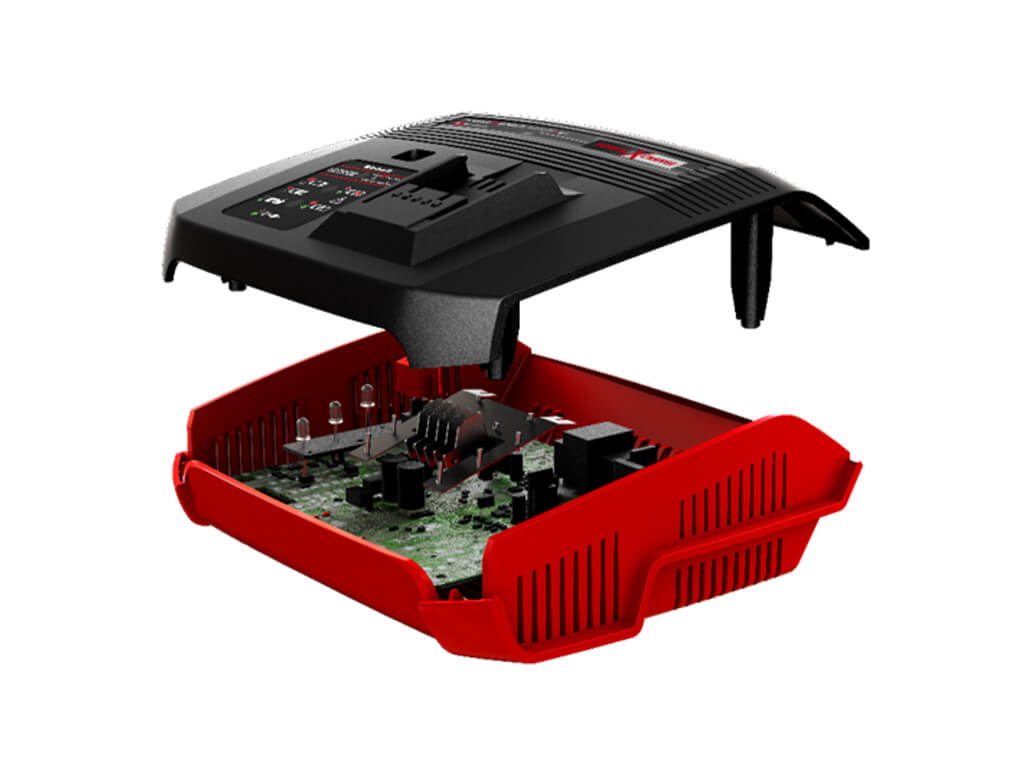
Intercharging: Can I do that?
A lithium‐ion battery feels „most comfortable“ at a charge level of 30 to 70 percent. By the way, this corresponds to exactly two illuminated LEDs on the charge status display of Power X‐Change batteries. So, in contrast to older battery technologies, it makes sense to charge lithium-ion batteries briefly in between.
We have taken advantage of this feature in the development of our patented multi-ah technology: the 4-6 multi-ah battery from Einhell can be used both as a 4 Ah battery and as a 6.0 Ah battery. As a 4 Ah battery, the cells are only charged and discharged in the optimum range. This means that when the battery is set to 4 Ah, the cells are protected and the battery life is increased.
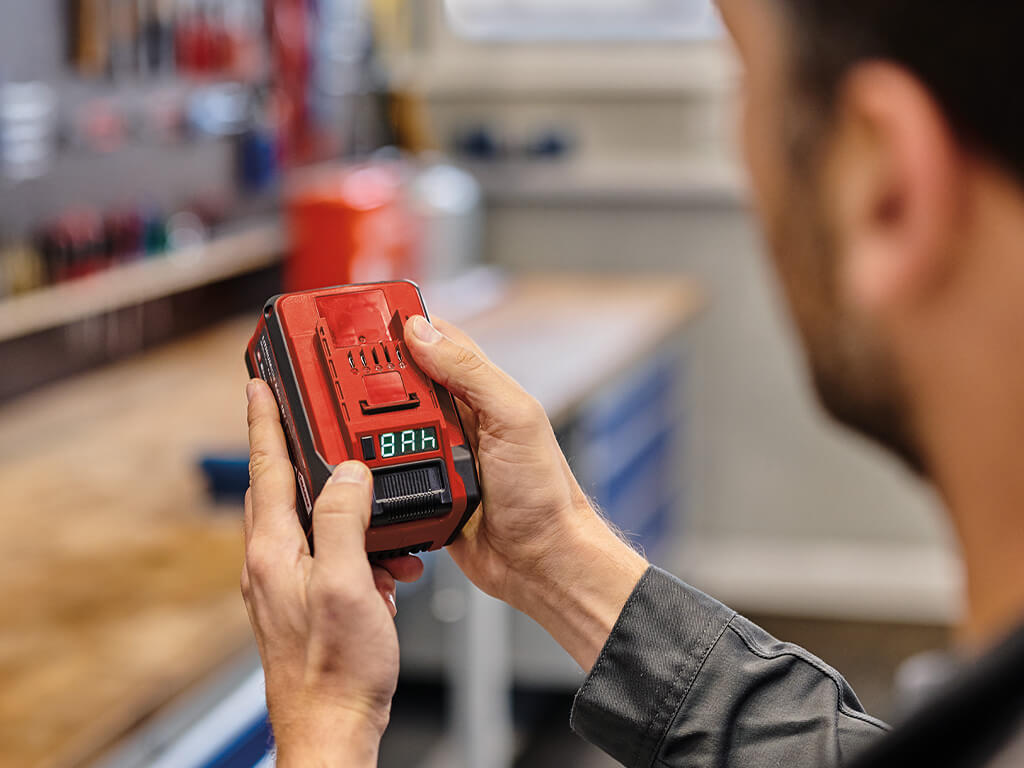
One battery - two different runtimes
In our Power X-Change range you will find not only the 4-6 Ah but also the 5-8 Multi-Ah battery. With these models, you can change the battery to the Ah setting that suits you at the touch of a button. If you use the battery in the higher Ah setting, you maximise the runtime, i.e. the time you can work with one battery charge. This does not negatively affect the overall battery life. However, if you want to protect your Power X-Change battery and extend its total life by up to 300%, you can use it with the lower ampere-hour setting.
Store lithium-ion batteries correctly: where, how and how long?
The room for storage should be dry and protected from dust. The reason for this is a bridging between the positive and negative pole. This accelerates the higher the air humidity is. As a result, the lithium-ion battery starts to discharge itself, which increases the risk of deep discharge.
As already mentioned, temperature also plays a decisive role. A temperature between 10–40 degrees Celsius is recommended for batteries, but a cool room temperature of 15–20 degrees Celsius is optimal. Since higher temperatures accelerate ageing, lithium-ion batteries should also be protected from sunlight and direct heat. A too low temperature, i. e. temperatures below 0 °C, should also be avoided. In winter, therefore, the batteries of cordless gardening tools should not be stored in the garage, but rather in a frost‐free cellar or directly in the house.
When storing the batteries, you should also make sure not to store them for too long. Ideally, a period of up to six months should be observed. During long storage, the battery should have a state of charge of approx. 30–70 percent. With Power X‐Change batteries, you can recognize this by the fact that 2 LEDs are still lit. In addition, the battery should be stored separately from the charger to prevent premature aging.
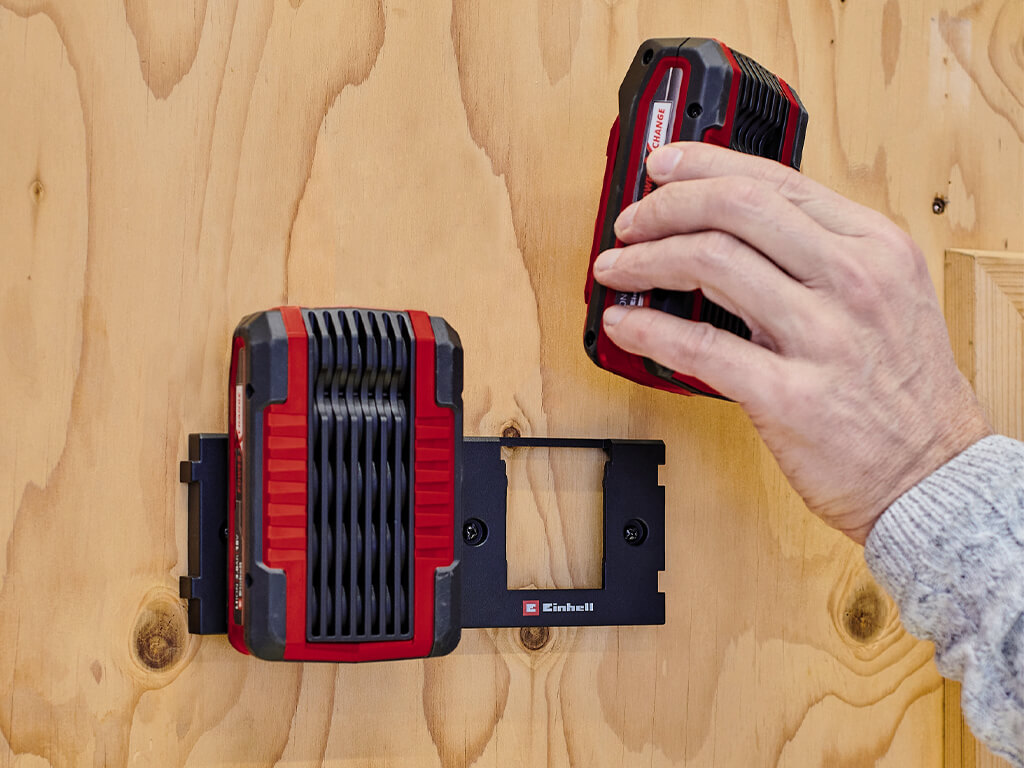
Key figures for lithium-ion batteries
Technical values
The most important battery figures are ampere hours (Ah) for runtime and watts (W) for power. For a better understanding, you can use a car as an example for comparison. While the ampere-hours for a car stand for the tank capacity or range, the wattage is responsible for the power, i.e. the horsepower for a car. This applies to the comparison within a power class, which is given in volts (V). Here, the volt classes 10.8 V, 18 V and 36 V have become established, especially for tool batteries. Anyone who can still remember the physics lessons at school knows that 1 W = 1 V * 1 A. This means that if the voltage (volts) doubles, the power (watts) also doubles.
Battery belt for weight relief
The weight of a Li-Ion battery also plays a relevant role, because it ultimately influences how handy a device is. Half a kilo may not make a difference with a cordless lawnmower, but 500 g can make a big difference when working with a cordless drill for longer periods of time. Our battery belt can help here. For example, when working with a 36 V hedge trimmer, both batteries can be carried in the belt on the hip. This puts less weight on the arms, which can be an important relief, especially for time-intensive work.
By the way: If you are looking for a lighter battery with a lot of power, you can take a closer look at our Power X-Change PLUS batteries. Thanks to the latest lithium-ion cells, these battery models are more compact and lighter - without sacrificing power and performance.

Attention: Why 18 V and 20 V are actually the same thing
18 V = 20 V? No, we have not made a mathematical error here. In the case of tools, it occurs more often that for example 18‐volt devices are presented as 20‐volt devices or 36-volt tools as 40-volt tools. Is that a lie, then? No.
Lithium‐ion batteries consist of battery cells with a nominal voltage of 3.6 V. However, the maximum voltage in a charged state is approx. 4.0 V. If now several accumulator cells are connected in series, the result is e. g. 5 * 3.6 V = 18 V and 5 * 4.0 V = 20 V. However, the technology used – and thus the performance – is the same. So don't get confused!
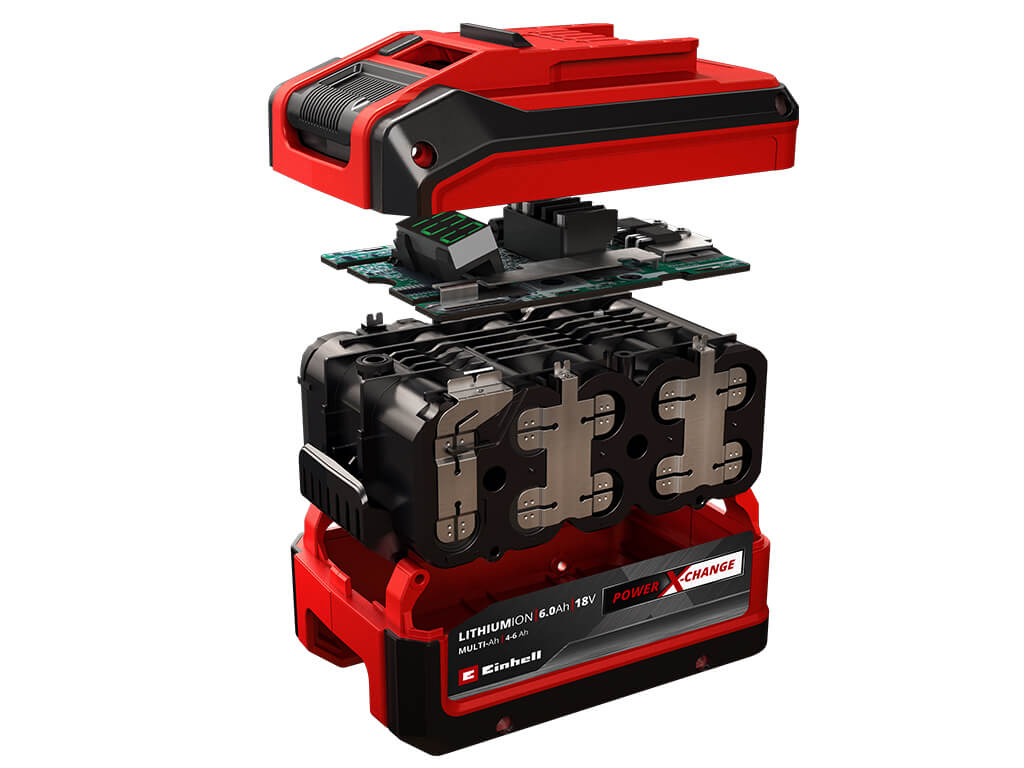
Conclusion
As you can see, even modern lithium-ion batteries need careful handling - although they are not nearly as sensitive as older energy storage devices. But with our tips, you can easily extend the life of your batteries and enjoy their wireless energy for even longer.


